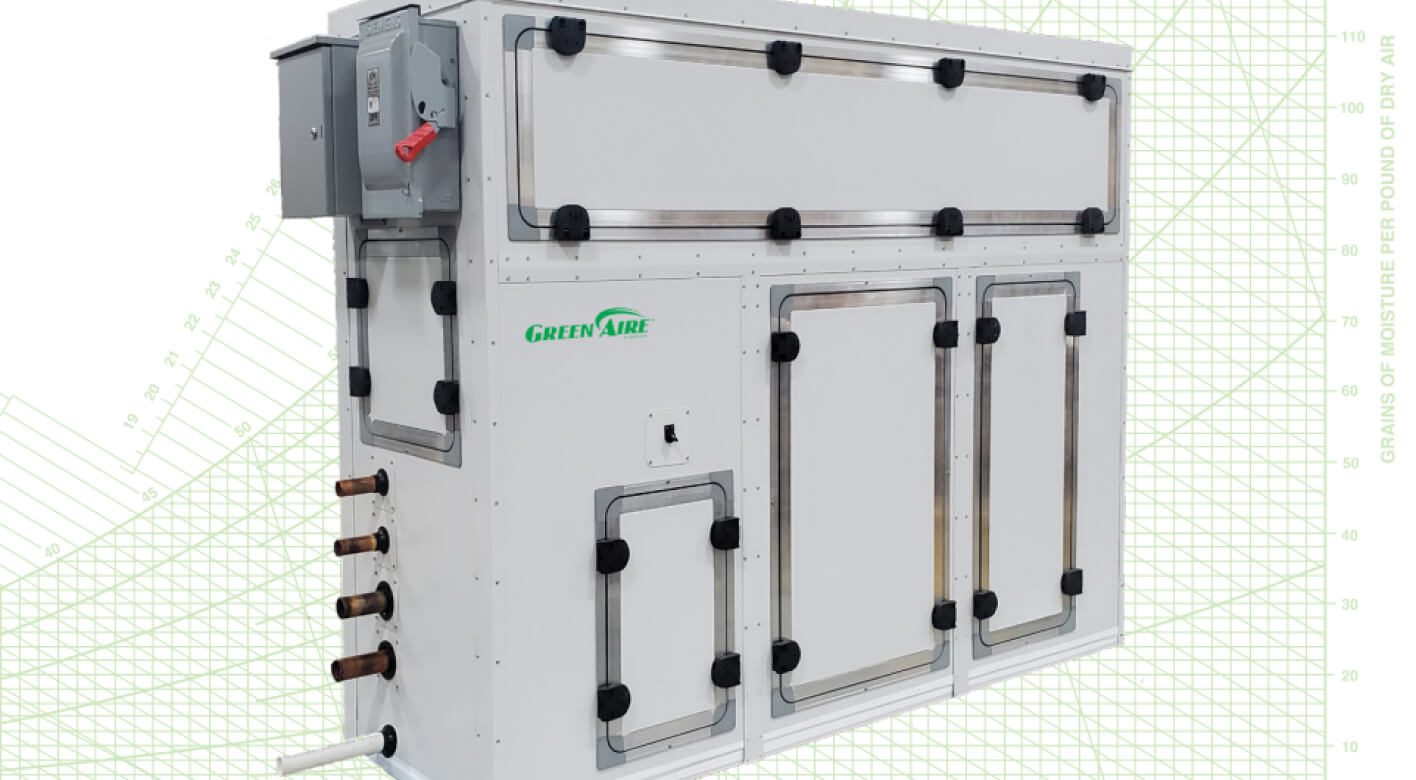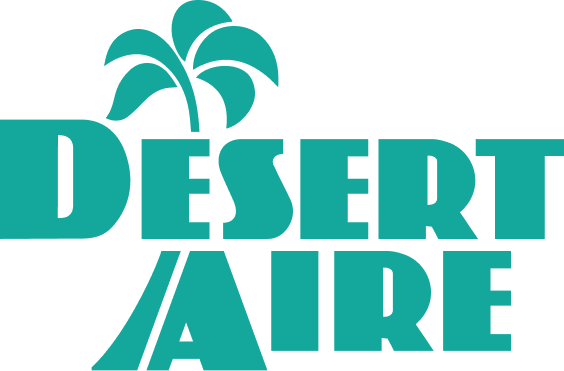
CEA Chilled Water HVACD System Design
Getting Indoor Grow Rooms Right
Desert Aire Design Guide
This design guide will summarize the major components and options to consider when using chilled water as the source for cooling and dehumidification in heating ventilation air conditioning and dehumidification (HVACD) controlled environment agriculture (CEA) applications. There are many important design considerations that will have a significant impact on the size, capital cost, and operational cost of the system.
For nearly a decade Desert Aire has manufactured thousands of purpose-designed indoor cultivation HVACD units with a focus on optimizing energy efficiency, a high level of environmental control and overall system reliability. It all starts with a deep understanding of the air-conditioning and dehumidification loads within a grow room.
Thank You – Desert Aire Design Guide
Download the CEA Chilled Water HVACD System Guide using this link, or click the button on the right. (PDF format)
Share or Download
Ask A Question
Find a Desert Aire Sales Rep Near You!
Our network of independent representatives are fully trained on Desert Aire’s dehumidification and DOAS solutions and can assist you in designing and sizing your engineered solutions.

